Recent Articles
Popular Makes
Body Types
2016 Nissan Rogue Road Test and Review
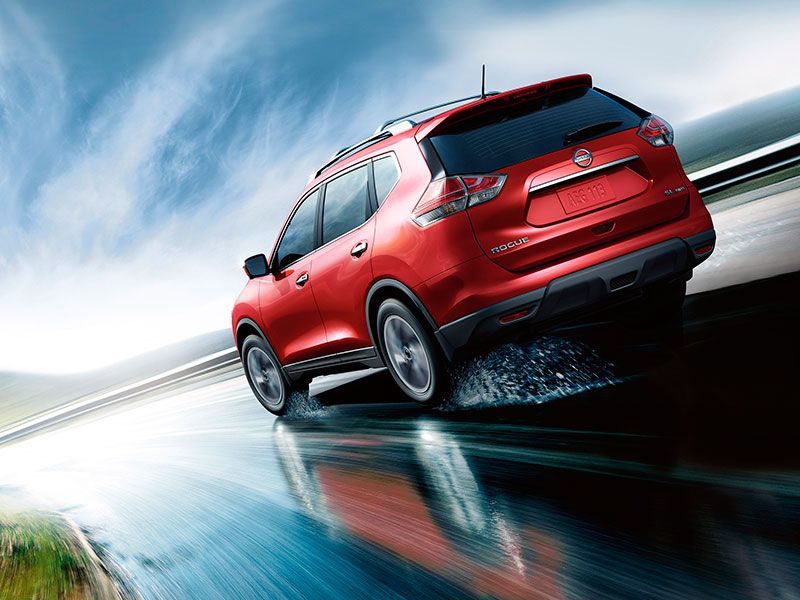
2016 Nissan Rogue ・ Photo by Nissan USA
Compact crossover vehicles have come into their own. The choice used to be between a Toyota RAV4 and Honda CR-V. They’re still the segment sales leaders, but nearly every manufacturer produces their own formula now. The challenge is finding the compact crossover that meets your needs and tastes.
The 2016 Nissan Rogue brings some unique features to the party, including optional 7-passenger seating. The first-generation Rogue (2008-2013) was a cute compact; the current Rogue is a more mature, serious competitor. Additional options like all-wheel drive, LED headlights and a power panoramic moonroof push the envelope, allowing the Rogue to demand further consideration.
Pricing and Trim Levels
Rogue’s lineup is simple and straightforward, with just three trim levels, each with standard front-wheel drive or optional all-wheel drive. S FWD starts at $23,290; SV FWD starts at $24,740; and SL FWD starts at $28,690. Add $1,450 to any trim level for AWD. Each step up the trim level ladder represents additional comfort, convenience and appearance features, but each vehicle gets the same engine and continuously variable automatic transmission – no choices there.
The list of factory-installed options is similarly contained. The highlights include Premium Packages for SV ($1,620) and SL ($2,190), and Family Packages for the S ($1,190) and SV ($940), each of which includes a third-row seat.
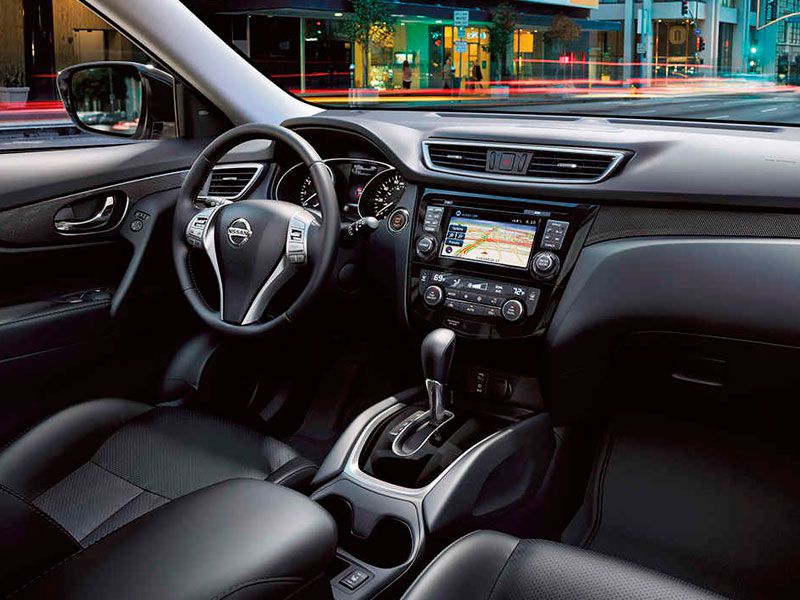
Photo by Nissan USA
Exterior Design and Dimensions
The second-generation Rogue is roughly the same size as the first-gen vehicle was, giving up 1 inch in length and gaining 1.5 inches in width, yielding measurements that are very close to the RAV4 and CR-V.
Rogue’s grille and front fascia are uncluttered and simple versions of the current Nissan front end, with expressive headlights and tasteful chrome highlights. Viewed in profile, Rogue has an SUV shape, with a shoulder line that tapers upward at the rear, keeping the crossover from looking too much like a wagon. Out back, Rogue is gently rounded, with mid-mounted horizontal taillights that wrap around the rear corners onto the tailgate. It’s a tidy, attractive overall package.

Photo by Nissan USA
Comfort and Convenience
One of the benefits of Rogue’s increased width is a new sense of roominess. Our SV tester came with comfortable heated front seats, with power adjustment on the driver’s side. There’s a lovely symmetry to the Rogue’s dash, and not too many material choices competing for your attention.
Then there was the SV Family Package ($940) – a third-row seat. The 60/40 split second row slides fore and aft to open up some leg room for the back row – mutually assured close quarters. The second and third rows fold flat, opening up 70 cubic feet of cargo space with 32 cubic feet behind the second row. Just 9 cubic feet of open space remain when the third row is in use.
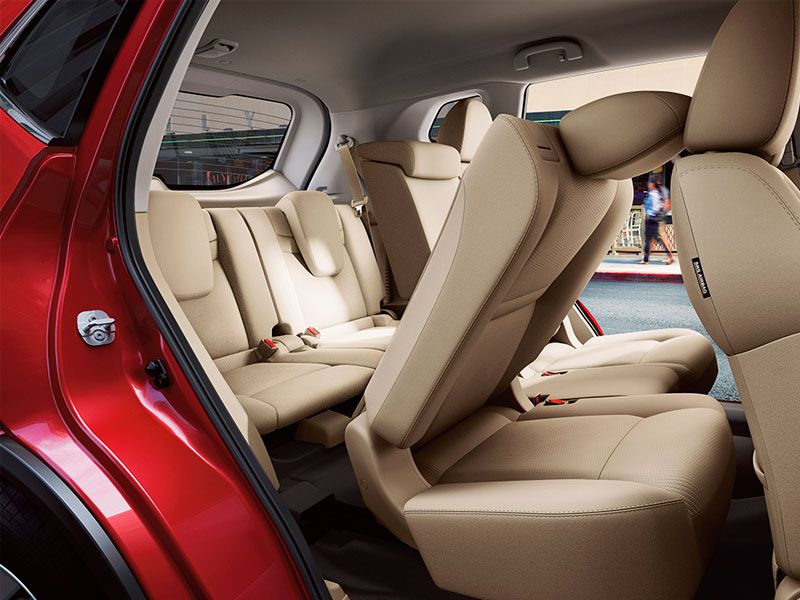
Photo by Nissan USA
Features and Controls
Rogue has a long list of standard features in each trim level. A 5-inch color display lives in the instrument panel between the gauges, and can display a wide range of information. Bluetooth telephone and streaming audio connections and an iPod-ready USB input are welcome. Storage is a Rogue strength, with a big glove compartment, one of six front storage areas. Divide-N-Hide cargo management is standard on 2-row models.
SV and SL models get a bunch of standard tech, like keyless entry with push button ignition and a 7-inch color touchscreen display in the center stack, ready for navigation. Audio can be upgraded to Bose with 8 speakers, and Siri Eyes Free is available, among many other available features.
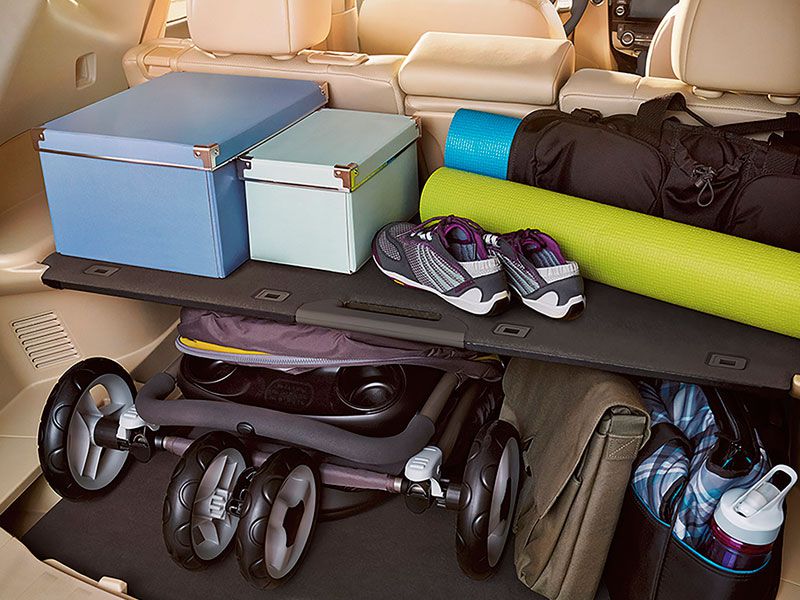
Photo by Nissan USA
Safety
Standard safety features are robust, as expected. The full complement of airbags, the LATCH system, and body side reinforcements keep the family safe in a crash. Vehicle Dynamic Control (VDC), Traction Control System (TCS), Electronic Brake Distribution (EBD), Brake Assist (BA) and Tire Pressure Monitoring System (TPMS) are all standard.
Available safety is impressive. The Around View Monitor is a great feature, making parking and tight maneuvers child’s play. Blind Spot Warning, Moving Object Detection and Forward Emergency Braking provide active safety features.
Rogue gets “Good” crash test ratings across the board from IIHS, and 4 out of 5 stars from NHTSA.
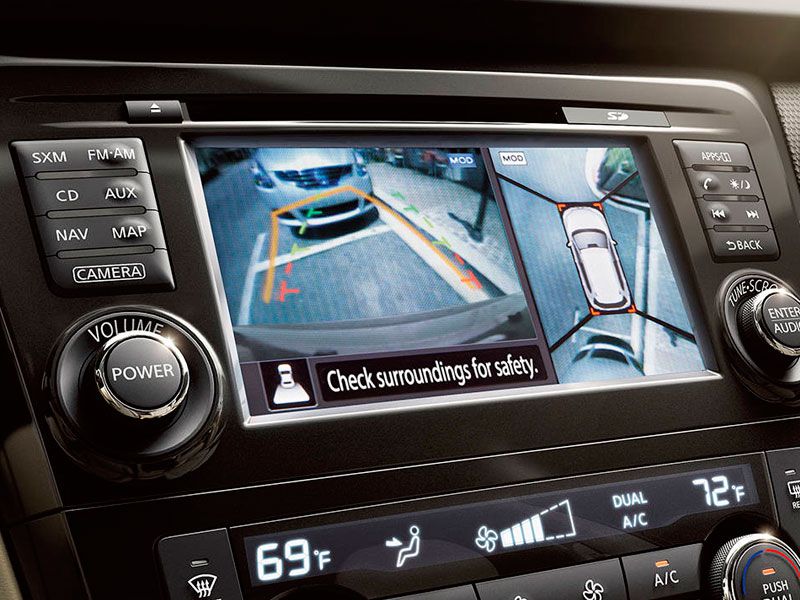
Photo by Nissan USA
Engine
Each Rogue comes with a 2.5-liter inline 4-cylinder engine with double overhead cams and four valves per cylinder. The naturally-aspirated (non-turbo) unit produces 170 peak hp and 175 lb-ft of torque, comparable output to its competitors.
Front-wheel drive is standard, and all-wheel drive is optional. Both systems are connected to a continuously variable automatic transmission (CVT). Nissan’s CVT gets better with every generation, but it’s still a CVT, and takes some getting used to if you’ve spent your driving life with a conventional stepped automatic or manual transmission. You have to readjust your expectations about what hard acceleration sounds and feels like. Some drivers will never notice a difference, but enthusiasts will.

Photo by Nissan USA
Performance
This is where Rogue loses a few points, but not for lack of trying. It’s got all of the right pieces in place: independent struts in the front and multi-link independent rear with stabilizer bars on both ends, along with electric power-assisted steering. The problem is that handling is numb and the damping is harsh, making for a very uninvolving ride. Part of the blame has to go to the run-flat tires that were fitted to our test car, part of the package that adds the third-row seat and deletes the spare tire. Add the handling feel with the CVT, and you get a crossover that is not very satisfying to drive with authority.
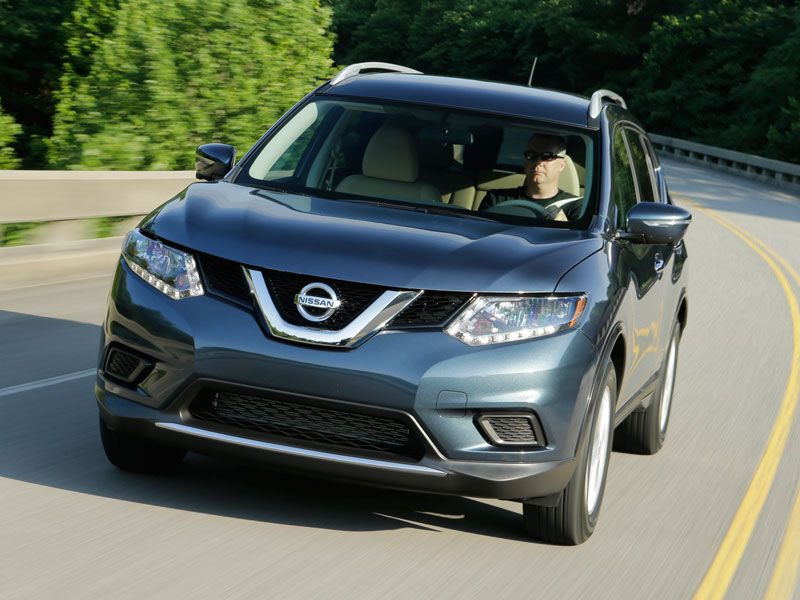
Photo by Nissan USA
Fuel Economy
The EPA ratings for Rogue are quite good at 26 mpg city/33 mpg highway/28 mpg combined for the front-wheel drive, and 25 mpg city/32 mpg highway/28 mpg combined for the all-wheel drive models. That puts Rogue in the middle of the pack. Credit has to go to the slippery (for a crossover) coefficient of drag and svelte curb weight, two factors that help make a vehicle more fuel efficient. Rogue’s 14.5-gallon gas tank can give you a cruising range of up to 478.5 miles – that’s enough to get you from Branson, Missouri to Nashville, Tennessee on one tankful of regular gas.
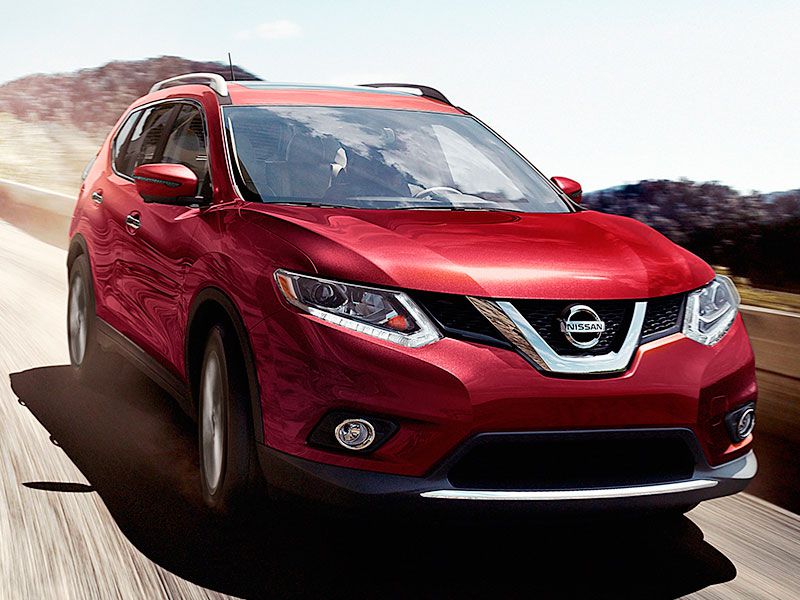
Photo by Nissan
Final Thoughts
Sometimes the marketplace is right. It tells us that the Toyota RAV4 is first, Honda CR-V is second and Nissan Rogue is third in sales, and that’s pretty much the rank of desirability, too. RAV4 is a little more fun to drive; CR-V is more refined and buttoned-down. There are other contenders. Mazda's CX-5, Subaru's Forester and Chevrolet's Equinox/GMC's Terrain have their fans, and Ford's Edge continues to improve.
The 2016 Nissan Rogue evokes a sigh. It's good in so many ways, but we wanted it to be great. Maybe without the run flat tires it would be more fun to drive. In the meantime, it will remain in the middle of the pack.
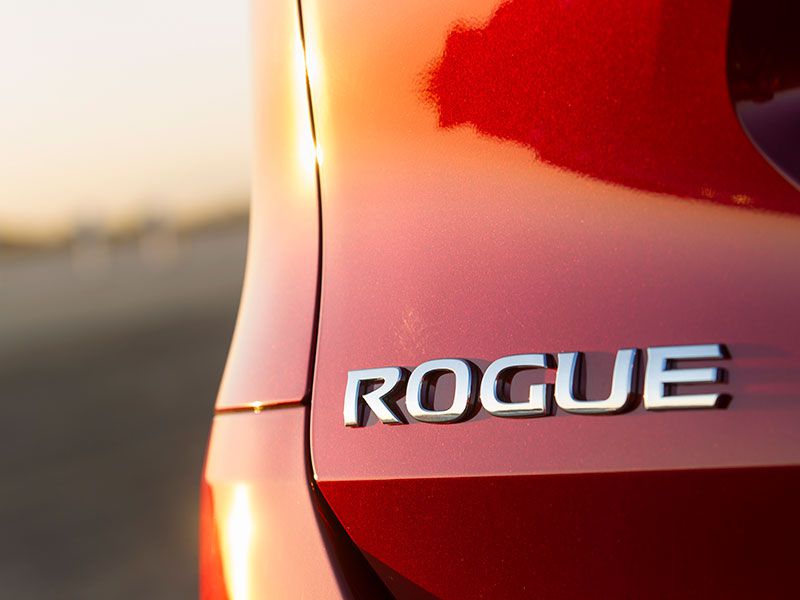
Photo by Nissan USA